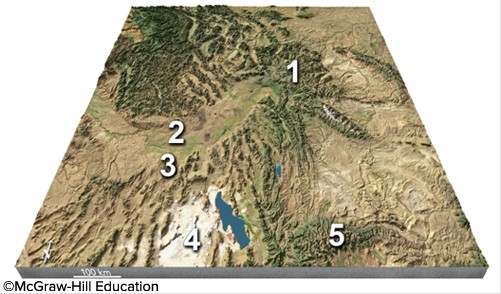When a radioactive isotope decays by electron capture, the electron ________
A) combines with a neutron in the nucleus, raising the mass number of the daughter isotope by one
B) combines with a proton in the nucleus; the atomic number of the daughter is one less than the parent
C) makes the daughter isotope into an ion with a charge of positive one
D) makes the parent isotope into an ion with a charge of negative one
B
You might also like to view...
Discuss the suite of sedimentary rocks that forms on a passive margin with increasing distance
and water depth from the shoreline. What happens to this suite of rocks during a regression? What happens during a transgression? What will be an ideal response?
One of the most general conclusions to be drawn from plate tectonic theory is that ____.
a. the Earth is gradually losing heat b. the Earth's geography has continually changed c. the Earth is slowly expanding d. the Earth is slowly shrinking e. all the ocean basins are gradually enlarging
On this map of the area around Yellowstone (1), which feature is interpreted to record the position of the hot spot over time?
A. 3, the Uinta Mountains B. 2, the Snake River Plain C. 4, the Bonneville Salt Flats D. All of these choices are correct.
Which of the following is not part of the U.N.'s Millennium Development Goals to reduce poverty?
A) eradicate hunger B) provide universal college education C) promote gender equality D) combat HIV/AIDS E) improve maternal health